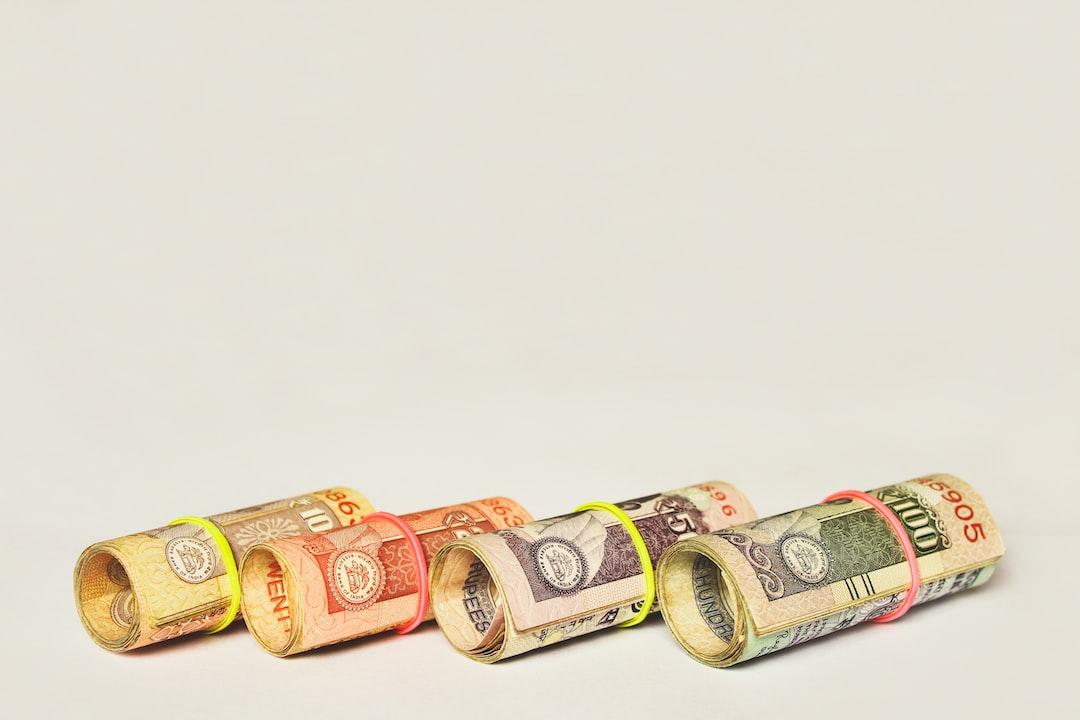Bitcoin enthusiasts have paid an astounding 37.7 Bitcoin (BTC) in fees, equivalent to over $2.4 million, to secure their spot on the fourth-ever Bitcoin halving block. The milestone was reached when Bitcoin miner ViaBTC produced the 840,000th block at 12:09 am UTC on April 20. This triggered the automated protocol that reduces miner rewards by 50%, from 6.25 BTC to 3.125 BTC per block. Block 840,000 quickly became the most coveted digital real estate in Bitcoin’s history, with users spending a total of 37.67 BTC in fees. Along with the miner subsidy of 3.125 BTC, a total of 40.7 BTC, valued at $2.6 million, was paid to ViaBTC for producing the halving block.
The significant fees were largely due to users rushing to etch and inscribe rare satoshis on the halving block. This activity was driven by the launch of Casey Rodmarmor’s new Runes Protocol, which coincided with the halving. Runes are marketed as a more efficient method for creating new tokens on the Bitcoin network compared to the BRC-20 token standard. While both Runes and BRC-20s utilize the Bitcoin network and pay fees in Bitcoin to create new tokens, the key difference lies in the model used. Runes employs an Unspent Transaction Output (UTXO) model to “etch” new tokens on Bitcoin, while Ordinals uses an “inscription” account model, according to Rodmarmor.
Leonidas, a pseudonymous developer, claimed in a post on April 20 that fees on the five most recent Bitcoin blocks after block 840,000 had exceeded the Coinbase reward. This assertion led to a total of $3.82 million in fees being spent on those five blocks, excluding miner subsidies, according to data from mempool.space.
In addition to the race to inscribe Runes, Bitcoin mining pools also competed to obtain the first-ever “epic” satoshi, which is the smallest possible denomination of Bitcoin mined on the halving block. Trevor Owens, the managing partner at The Bitcoin Frontier Fund, even offered a bounty between $500,000 and $1 million to “buy out” the first Bitcoin block.
Despite the excitement surrounding the halving event, some individuals expressed skepticism. Hsaka, a pseudonymous trader, shared a meme that captured the overall sentiment: a brief moment of celebration followed by a return to business as usual. Peter Schiff, a well-known Bitcoin critic, also took the opportunity to criticize Bitcoiners during the halving event, suggesting that they would experience a halving of their net worths.
Overall, the Bitcoin halving event saw substantial activity and fees, driven by the introduction of the Runes Protocol and the desire to secure a place on the halving block.

